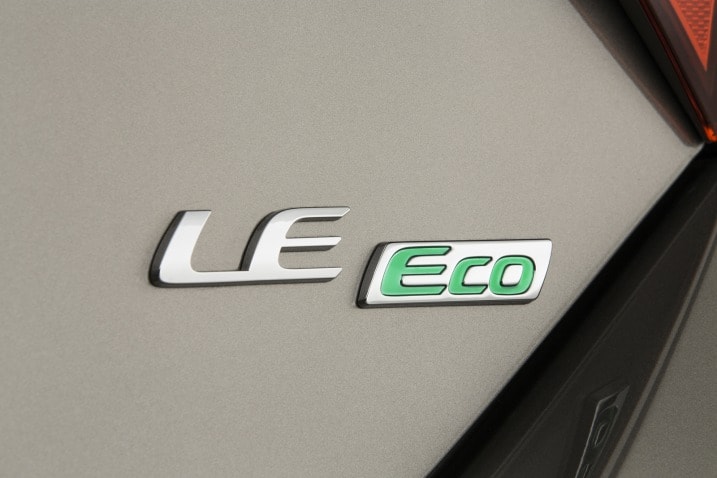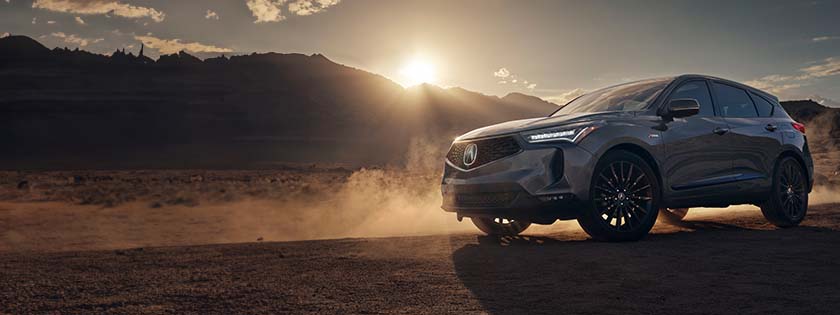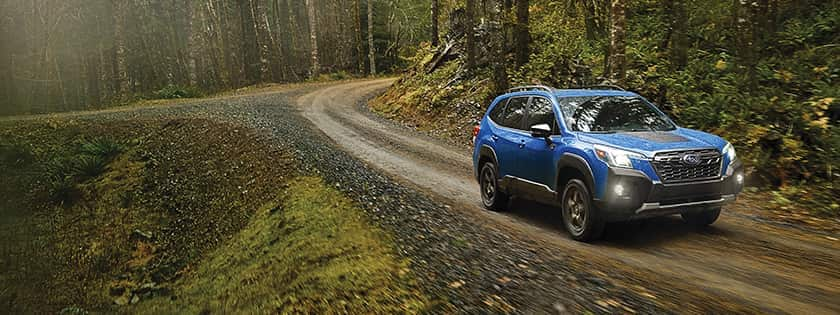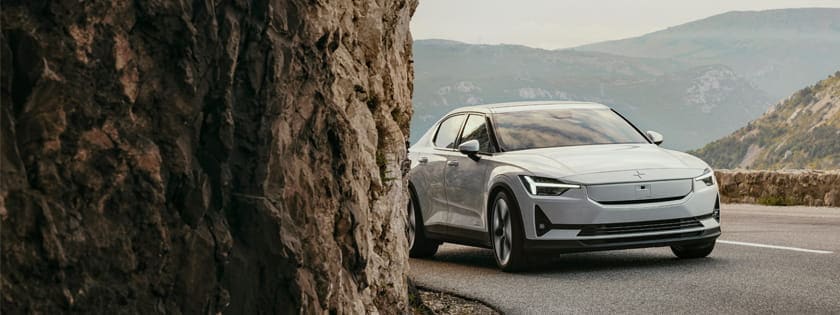Trim Level and Style
Trim levels further identify a vehicle by a particular set of special features. Higher trim levels either will add to the features of the entry-level model (often called the "base" model) or replace them with something else. Trim levels are where you'll come across terms such as EX, LTZ, Touring and Grand Touring, among countless others. On Edmunds, you might also encounter the word "style."
Style and trim level are generally interchangeable terms. In general, though, a "style" on Edmunds indicates whether the car is a coupe, convertible or sedan, and also what type of engine and drive system comes standard. It is possible to have two cars that have the same trim level but a different style. For example, the Ford Mustang GT can be had in one of two styles: coupe or convertible.
Though it might seem overwhelming to keep track of trim information, the good news is automakers typically apply a consistent hierarchy of trim levels to their vehicles. In every car Honda makes, for example, an EX will always be a higher trim than an LX. With Chevrolet vehicles, the LTZ trim level will always be higher than the LS.
Trim levels identify a vehicle by a set of special features. Higher trim levels add to the base model features or replace them with something else..
A great way to learn the differences between the trims is to read Edmunds car reviews. Click the "Read Full Review" button for the car and go to "Trim Levels & Features" for all the details.
Options: The Extras Are Extra
Options are features that don't come as standard equipment with the vehicle. These items can range from a sunroof to an upgraded stereo to a larger engine. Most options are installed at the factory. Others are "port-installed options," added to a vehicle before it heads out to the dealership on a delivery truck. Other options might be installed at the dealership itself.
When you're configuring a car, you choose options after you select a style and trim level. Though an automaker might offer a wide — and even bewildering — array of options, this doesn't mean every vehicle on a dealer's lot will have those options. The dealership often orders a selection of vehicles from the manufacturer based on what will help the cars sell more quickly, not necessarily what will give customers a wide choice of optional equipment. If you want a specific combination of options, you can custom order the vehicle — provided you are willing to wait eight to 12 weeks for delivery.
Packages: Bundling the Options
Packages are groups of options that have been bundled together with a common theme. For example, a technology package might include such options as Bluetooth, navigation, xenon-gas headlights and adaptive cruise control. A cold weather package might have heated seats, headlight washers and all-weather floor mats. Some automakers may give their packages a less than descriptive name, such as Equipment Group 102A (Ford) or Premium Group (Dodge). In such cases, you'll want to read the Edmunds review in detail or check the automaker's website.
Sometimes these bundles are labeled "value" packages, and they can be a better deal than if you'd purchased the options separately. But most of the time, the packages are grouped to make it easier for a dealer to order vehicles.
Accessories: Dress Up, Power Up
Accessories are parts that dealerships sell and install. These items can range from cosmetic parts, such as car covers and alloy wheels, to performance parts. If you are interested in these items, make sure you research the price and compare the dealer's price to those of other shops. Many of the same pieces are often found for less online or at another dealership. Also, it's often best to buy accessories after you've purchased the car. If you include them in the financed purchase of your car, you could be paying interest on that set of chrome wheels for years to come.
Simplified vs. Customized
Some automakers have attempted to make the shopping process easier by consolidating potential options into the trim levels. This makes the vehicles cheaper to produce, and the savings can be passed along to the consumer. While some automakers have certain vehicles with option-free trim levels, only Honda and Acura (Honda's luxury brand) apply this concept to all their vehicles. With this simplified trim structure, the only things you have to decide upon are the color and trim level. When Acura offers a package, it usually treats it as if it were a different trim level.
While Honda strives to simplify its options offerings, other carmakers take the opposite approach. Mini and Porsche, for example, encourage their customers to personalize their vehicles with everything from seats upholstered in different colors of leather to colorful graphic decals for the bodywork. As a result, these brands have a high percentage of buyers who custom order their vehicles. But for someone new to the process, shopping for vehicles with a laundry list of options may be overwhelming. In these situations, you might want to visit a dealership, see how the vehicles are commonly configured, and either purchase the vehicle as it is set up or make your own choices based on what you've seen.



 by
by 


